Swiss Review: Bernhard Russi, you’re designing the slope for the downhill races at the Pyeongchang Olympic Games, which will be held in Jeongseon. Is it true that this process began more than a decade and a half ago in 2001?
Bernhard Russi: Strictly speaking, it actually started even further back than that. I spent a lot of time in South Korea during the 1990s because the South Koreans wanted a piste of World Cup standard for the slalom and giant slalom. A member of the Korean Olympic Committee later told me that they wanted to host the Winter Olympic Games one day. I told him that they would need a mountain for a downhill slope. It seemed inconceivable that there was a mountain in South Korea that would be suitable for an Olympic downhill course and could meet the minimum height difference requirement of 800 metres. Most mountains in South Korea are pyramid-shaped with four ridges culminating in a peak. The only option was to come down a ridge, which would not provide a great downhill piste.
So, what was the solution?
Around the year 2000, it was pointed out to me that there was a mountain in Jeongseon with slightly different characteristics that provided the height difference required. I studied the maps and travelled to the site, and the first inspection was then carried out on 20 August 2001. We walked along some trails probably made by animals or foresters.
How large was the inspection group?
There were perhaps 10 or 12 of us. One member of the group was an expert on the mountain, another on local weather conditions and a third on the geology. In such cases, it’s always important that conservationists are also present who can identify any trees worthy of protection, for example, at an early stage.
What is the first step in creating a piste?
There are two key things. Firstly, are maps available? You can determine the terrain quite well from a map with a scale of 1:10,000. Then you quite simply have to inspect the terrain with your own eyes. I go down possible routes and mark individual trees with coloured ribbons. Somebody then follows these routes with a GPS from which a plan with five or six lines is created.
What is this work like?
I’d say that it’s like working on a sculpture. You know what a piste should look like, but you constantly have to modify and reshape it. When you think you’ve got the right route, you walk down it again to gain the best possible insight into the character of the mountain. You can’t impose things on the mountain – that doesn’t work.
Have you ever arrived in a place and had to say “I’m sorry, but it’s not going to work on this mountain”?
I remember one occasion in Quebec. The terrain had potential for a short downhill slope but it didn’t have the 800-metre height difference required. The Canadians suggested making up the lack of height at the top. They wanted to excavate a lake and put the excavated material on the summit. Just imagine it – a pretty even slope with an artificial 100-metre peak! I was not the only one opposed to the idea as the International Ski Federation also discussed the proposal and concluded that it could not start artificially altering mountains to this extent.
Is there another mountain anywhere in the world where you would really like to create a new downhill slope?
Not really. I actually think we now have enough good ski resorts. On the other hand, I believe it is right that China should be allowed to build a new large-scale ski resort with a downhill slope of World Cup standard with a view to the 2022 Winter Olympic Games. China has never had anything like that. It was similar in Russia before the Sochi Olympic Games. I remember a leading politician from Sochi being asked by a Swiss journalist whether he had a guilty conscience over building a ski resort. The politician answered: “You’re Swiss, aren’t you? How many ski resorts have you got?” The journalist replied: “Maybe 50, 60, 70.” The Russian said: “So, why shouldn’t we have one too?”
What does that tell us?
These are matters of opinion. Some people believe the development of ski resorts, skiing and indeed modern tourism are all ludicrous. My personal view is that nature is there for people to enjoy it to some extent and tourism in mountain regions enables people to make a living. If you hold such views, you also have to be willing to permit some encroachments.
Benjamin Steffen is the sports editor for the “Neue Zürcher Zeitung”
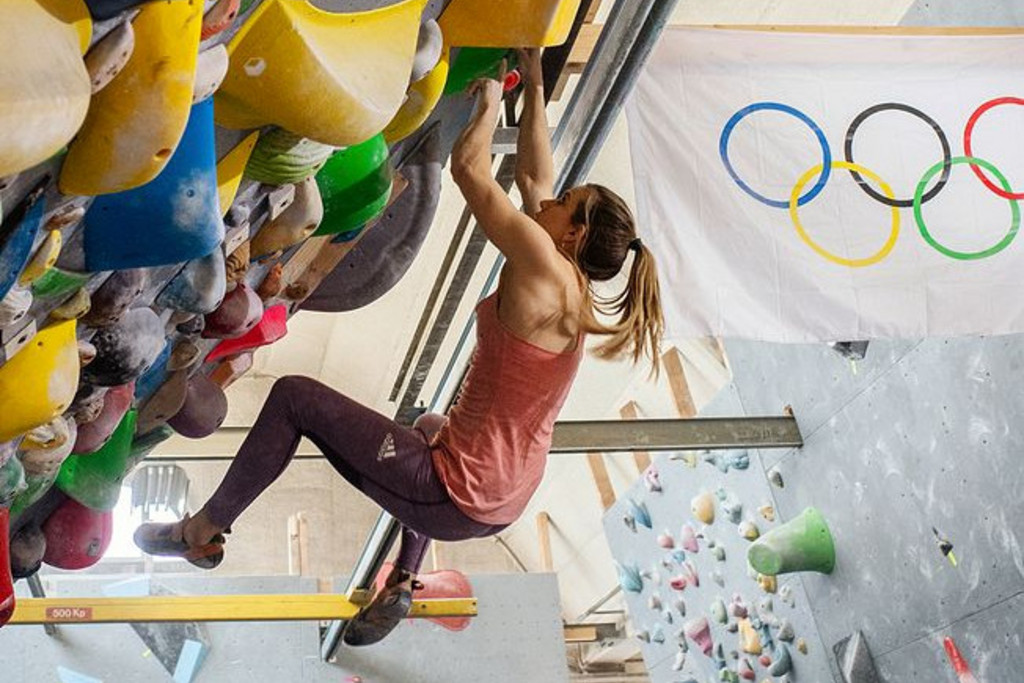
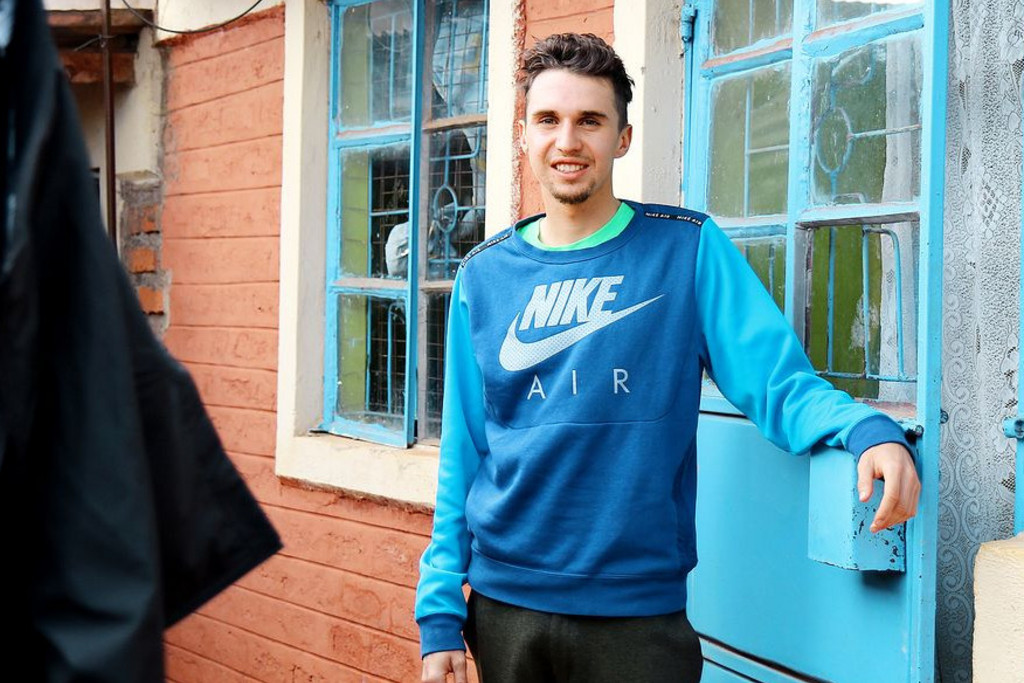
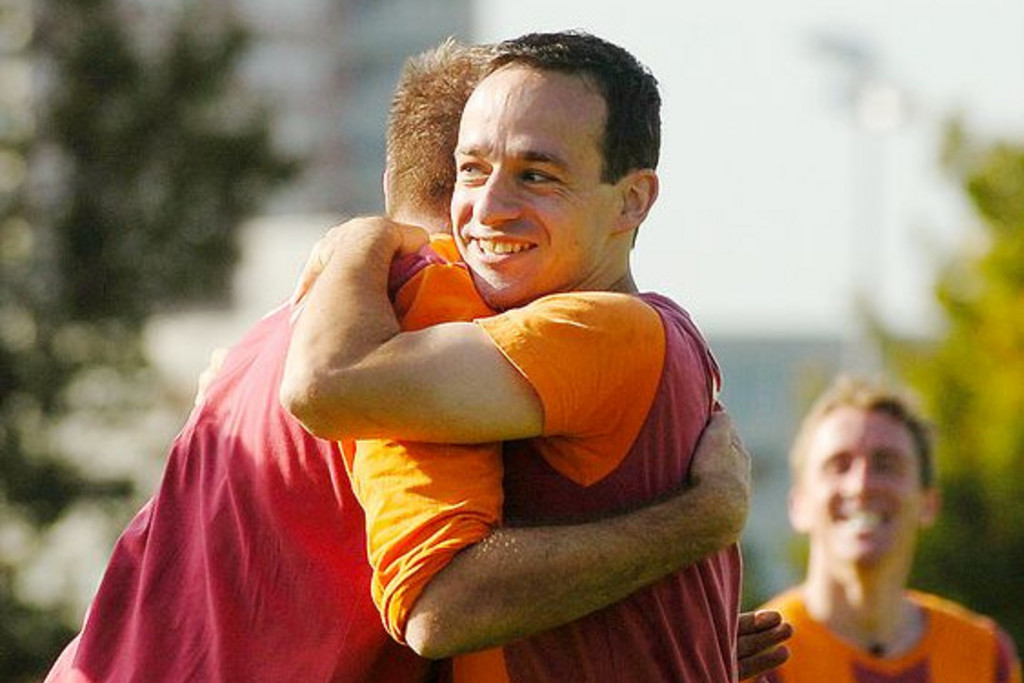
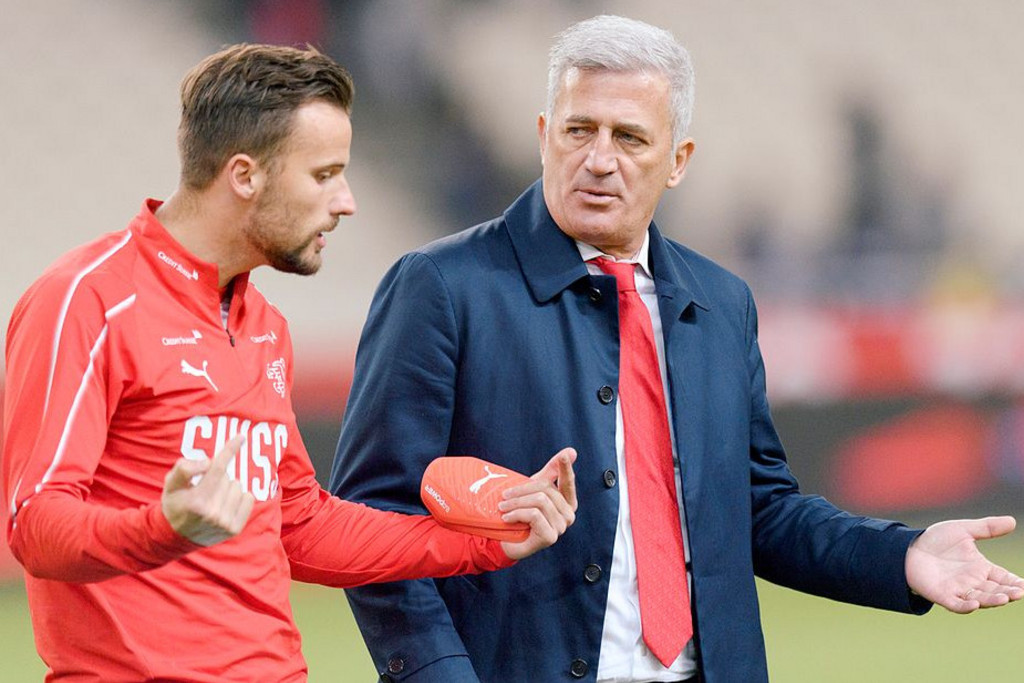
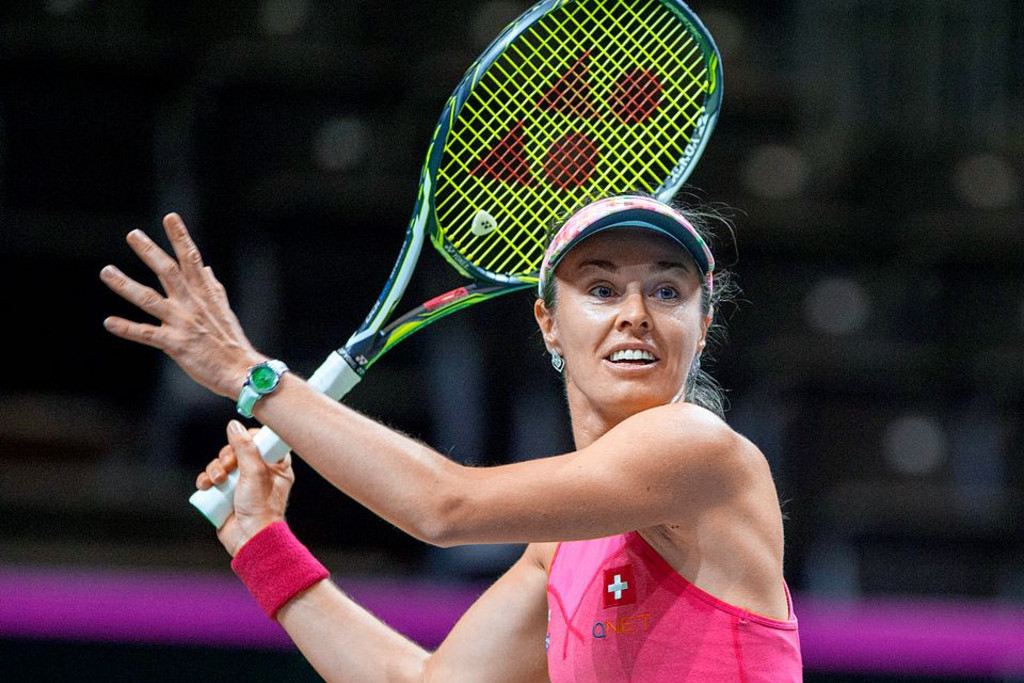
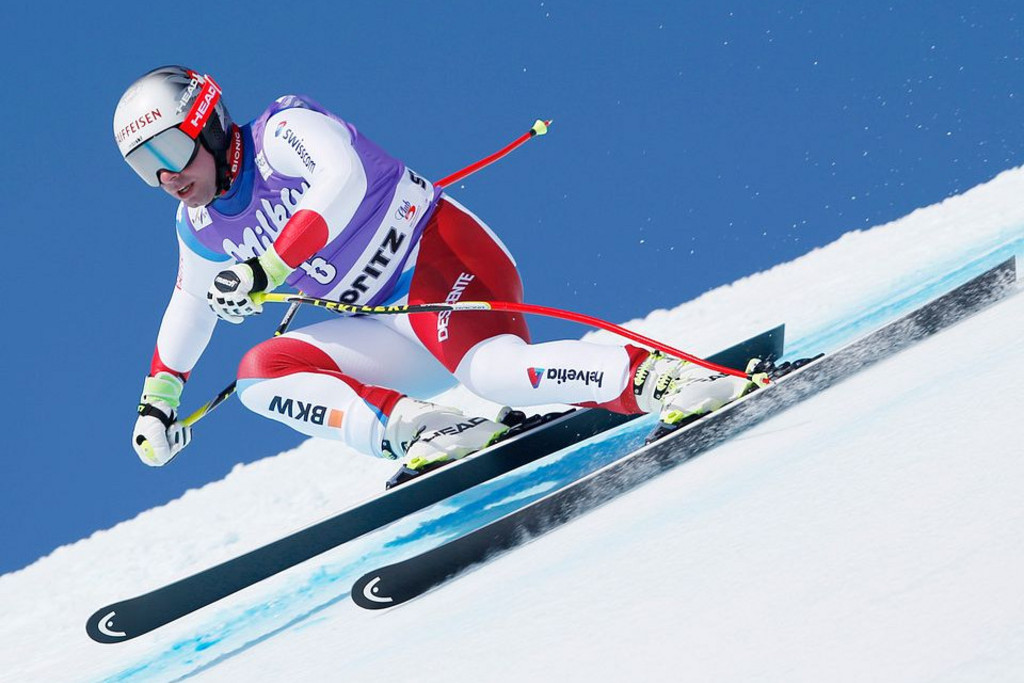
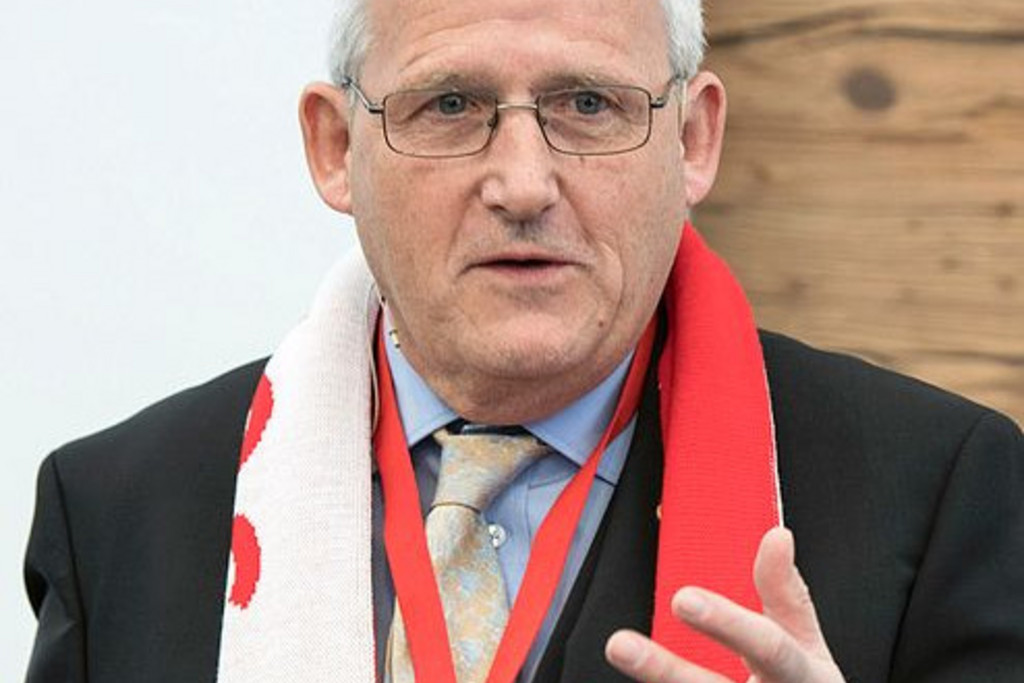
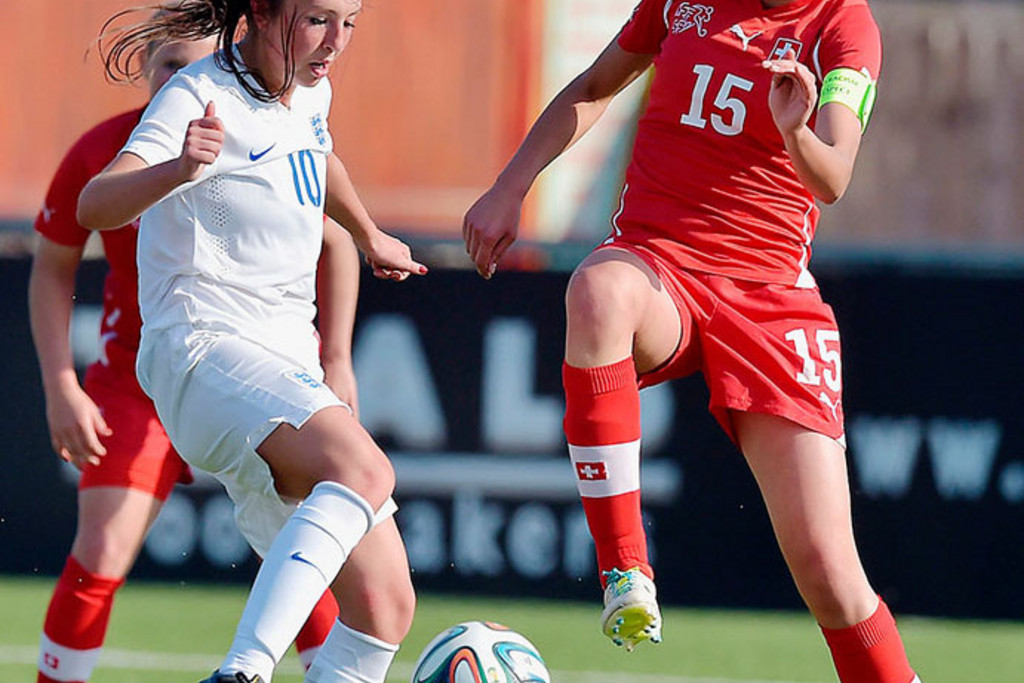



Comments